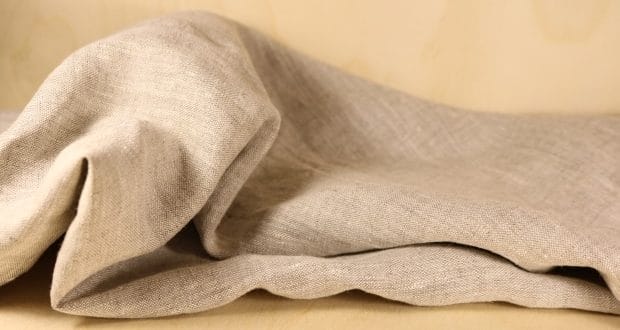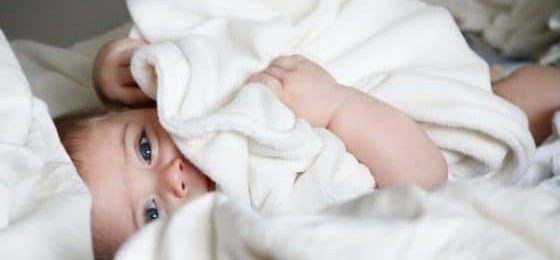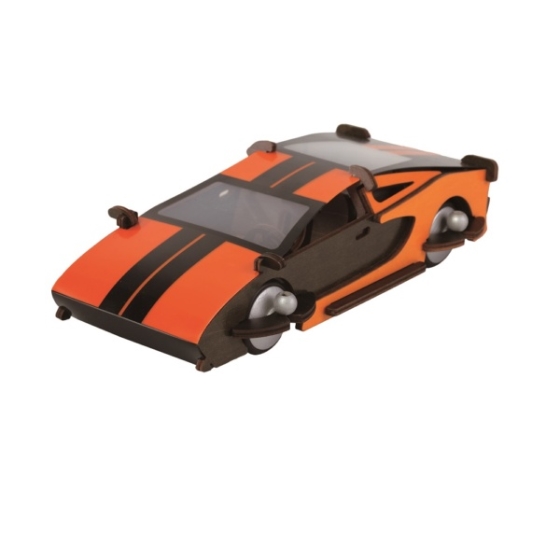Making the best choices for your kids is the top priority of all parents. When you live in a blended family with both parents bringing their children to the new family, it can be challenging.
Stepdads especially can find it challenging to balance out their work and new family responsibilities. What is common for every parent is the desire to gravitate towards healthier products for their family.
This also includes not only food but organic fabrics used in clothes production. These are the top six plant-based fabric choices for your kids.
Plant-based materials
There are many different working procedures in the textile industry that form flow processes, and each of them impacts both the environment and human health. Eco-friendly fiber production lowers the negative impact and produces fabrics without the use of pesticides and harmful chemicals.
The result is a fiber that is naturally resistant to mildew, mold and disease-free, such as hemp, linen, bamboo, organic cotton, aloe Vera, and similar eco-friendly materials.
Also, these fibers will biodegrade naturally over time, unlike synthetic fibers that fill the landfills and emit harmful toxins during their long decomposition. Organic fibers are more breathable, softer, feel better on the skin, hypoallergenic, and naturally antibacterial.
Organic Cotton
Cotton is a natural fiber that biodegrades eventually, but as a crop, it’s one of the most environmentally demanding ones. Its production uses 10% of the world’s pesticides and 25% insecticides, and it also requires enormous amounts of water that puts additional strain on the resources.
According to WHO research, 20,000 people die of cancer and miscarriages caused by chemicals used in traditional cotton production. Fortunately, there’s a fast-developing organic cotton market, but there are still issues to be solved.
Organic cotton production uses no pesticides, but it still requires a lot of water. Moreover, labels don’t always provide all the details, and added dyes can diminish the credibility from a bright pink baby onesie.
The safest way to go is to pick organic cotton baby clothes in cream, or natural cotton shades. So, even for new stepdads who are still getting the hang of the situation, shopping for natural fiber clothes for the little ones shouldn’t be too difficult.
Bamboo
Bamboo is one of the most sustainable natural resources that are 100% biodegradable and naturally regenerative. The bamboo is spun into yarns without chemical modification and crushed. Its natural enzymes turn it into a pulp so it can be mechanically combed and spun.
The bamboo fiber, sometimes called bamboo linen, is naturally antimicrobial, thermo-regulating, mold-resistant, and hypoallergenic. Buying bamboo baby clothes is an excellent choice for tender and sensitive babies as it feels super soft and pleasant on your baby’s skin.
It’s also perfect for both play and sleep. This is why it is the most recommended plant-based fabric for kids.
Linen
Linen is one of the most favorite natural fabrics. It has an excellent reputation for durability. It’s also breathable, lightweight, moth-resistant, antimicrobial and refreshing on the skin as it can lower your body temperature in summer.
In terms of sustainability, its production requires less water than cotton, and it needs no pesticides or chemical fertilizers and its biodegradable as well.
Aloe Vera
Aloe Vera fabric is recyclable and fully biodegradable with physical and chemical properties similar to cotton. Also, it has excellent moisture management and breathability.
The plant concentration in the fabric is extremely nourishing for the human skin and excellent in thermal regulation. It’s mostly used in undergarment production and is very beneficial for infant wear.
The natural anti-bacterial properties make it soft on the skin.
Lyocell (modal)
Lyocell is a cellulose fiber and one of the most popular and versatile materials made by dissolving wood pulp. It’s 50% more absorbent than cotton and has superior moisture-wicking properties.
The antibacterial properties make it ideal for the production of active wears. It’s production also requires less water and energy than cotton, and it’s sourced from sustainably managed eucalyptus plantations and fully biodegradable.
Hemp
Hemp has the most significant eco-friendly potential as its plants grow rapidly and densely, making it hard for weeds to survive. The hemp plant doesn’t exhaust the soil and leaves it in excellent condition, which makes it favorable for any succeeding crop.
Hemp fibers come in a variety of textures and weight that produce a very durable fabric with high insulation properties, and it improves and becomes softer with every washing. It’s great for baby clothes production as it’s UV resistant, highly breathable, hypoallergenic and non-irritating on the skin.
Picking clothing for your kids might seem insignificant, but it can have a big impact on their well-being. By opting for natural, plant-based fabric for kids, you’ll ensure a healthy and worry-free existence for your family!
Children begin to learn about their style from an early age. Here’s how your child can wear skirts and pants that will look perfect with all the clothes they have in their closet.







